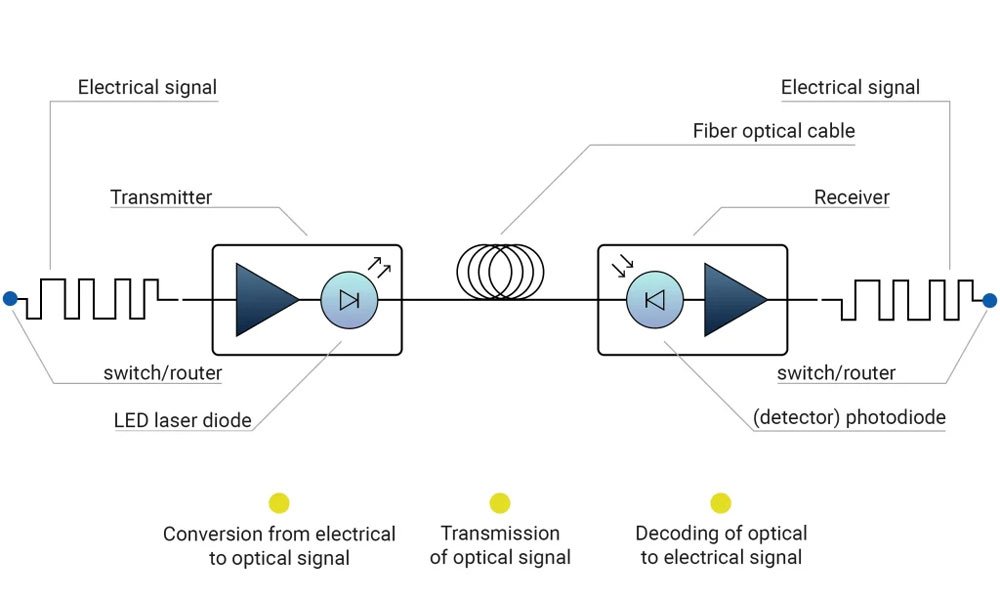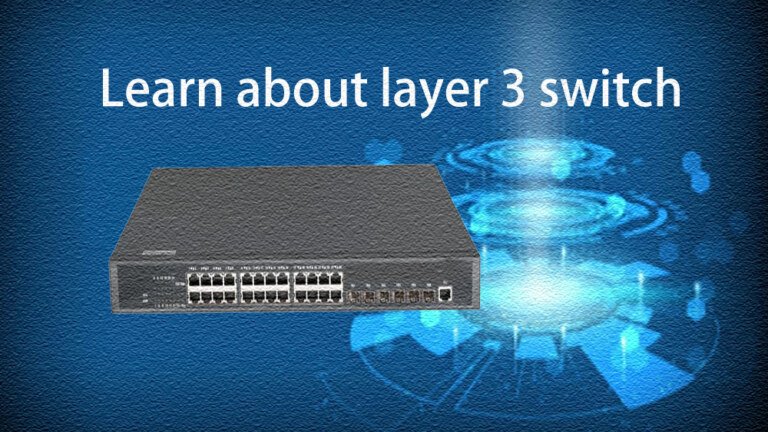Table of Contents
ToggleKey Features And Functions Of Optical Modules
Optical modules can bridge different network components while transmitting and receiving data, ensuring smooth information flow. They are indispensable tools in the field of networking. The key functions of optical modules include the following:
Transmission and Reception:
The most important function of optical modules is transmit and receive signals, enabling bidirectional communication.
Modulation and Demodulation:
Optical modules modulate signals before transmission and demodulate them after reception. Demodulation recovers the original data from the received signal, while modulation encrypts the data onto a carrier signal.
Frequency Conversion:
Optical modules often convert frequencies, enabling the transmission and reception of signals at different frequencies.
Amplification and Signal Conditioning:
Optical modules typically include signal conditioning and amplification components. Amplification strengthens the transmitted signal to cover longer distances or penetrate obstacles, while signal conditioning improves the received signal, making it easier to accurately extract the necessary information.
Antenna Interface:
Optical modules connect to antenna interfaces to radiate the transmitted signal into the surrounding space and effectively capture the received signal.
Data Link Control:
Some optical modules provide data link control functions to ensure precise and error-free communication, managing the data flow between the transmitter and receiver.
How Do Optical Modules Work?
Optical modules can convert signals between electronic and optical forms via optical cables. To transmit and receive signals, two optical modules are needed: one at the transmitting end and one at the receiving end.
Transmitting End:
At the transmitting end, when a network device like a switch or router sends an electrical signal to the optical module, the laser diode or LED within the transceiver emits light when stimulated by an electric current. This emitted light is regulated and can encode digital information into an optical signal, which is then transmitted through the fiber optic cable.
Receiving End:
At the receiving end, when the optical module detects the incoming optical signal, the photodiode inside absorbs the incoming light, releasing electrons in the process and generating an electrical current that restores the original data. Subsequently, this data is transmitted to the receiving device, such as a server, ensuring seamless information flow.

So how do you know the function of optical modules after reading this article? Subscribe to us below for more optical module knowledge!





